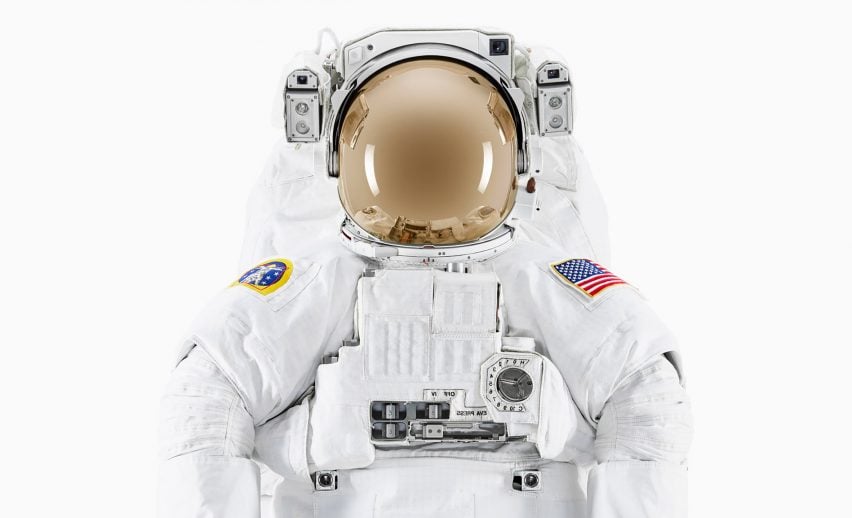
Benedict Redgrove photographs NASA artefacts from five decades of space travel
British photographer Benedict Redgrove has taken photographs of numerous artefacts within the NASA archive. To mark the 50th anniversary of the moon landing, he has picked out his favourites.
Over the past nine years Redgrove has photographed items within the security-sealed NASA archive for an upcoming book called NASA – Past and present dreams of the future.
The book will contain more than 200 images of items used on NASA missions over the past five decades, including space suits, spacecraft and numerous tools used by the astronauts.
The 50th anniversary of the first man landing on the moon in 1969 takes place tomorrow, and it is the moon landings that first got Redgrove interested in space exploration.
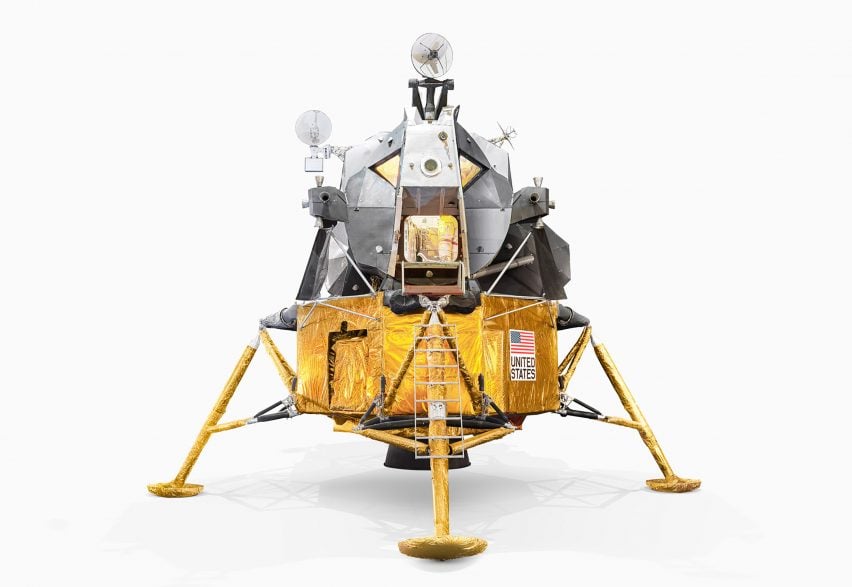
"I know your first memories are subjective, but as far as I can recollect, my earliest memory is being in a pram, in a dark room with the curtains pulled closed and seeing a grainy black and white picture of man walking on the moon," he told Dezeen.
"I was born in May 1969, so I doubt that was the first landing, but it's my earliest memory."
Redgrove photographed each of the artefacts using technical cameras, with some photographs made up of a composite of over 60 exposures to capture them in extreme detail.
After photographing, Redgrove re-touched the photos to remove the backgrounds so that they can be viewed without distraction.
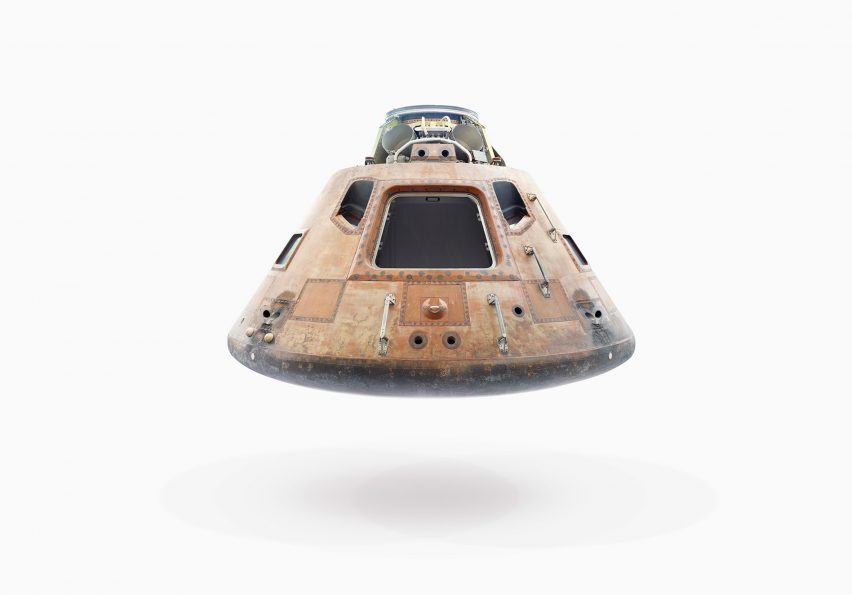
Redgrove hoped to demonstrate both the innovative and utilitarian nature of the items with his photography.
"Humans are capable of great achievements and, given free rein to allow their mind to solve problems, they have ways of making that happen incredibly efficiently and effectively," he said.
"The whole space programme is based on utilitarianism in that objects have to be fit for a purpose, and look the way they do because form follows function. What we learn from the space programme invariably becomes part of our daily lives, whether it's through shared use of developed materials or through knowledge of the atmosphere and the earth."
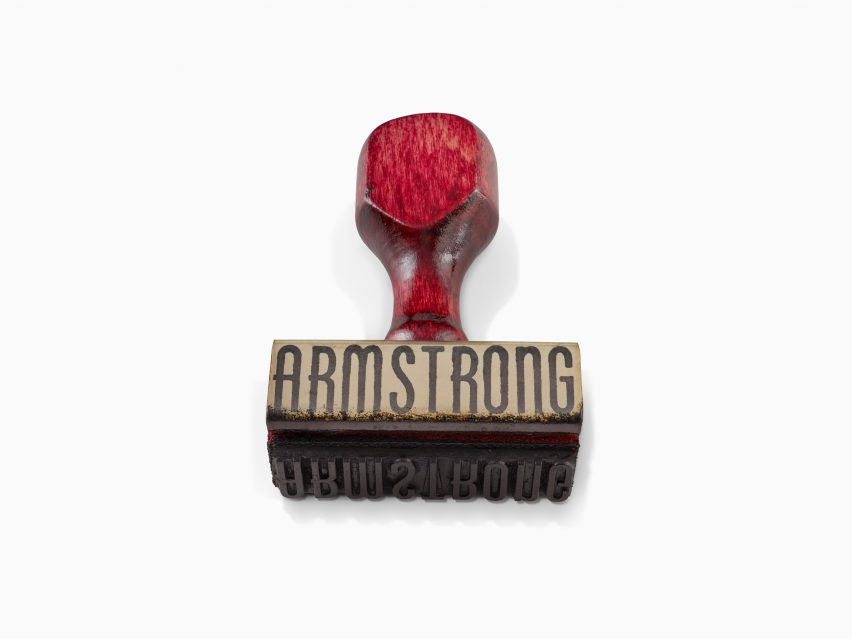
"These objects have come to signify the greatest of human achievements," added Redgrove.
"The excitement and wonder of all of these objects is something I hope to transfer to the viewer – the feeling of awe and wonder, reverence and utter delight in the designs and engineering, history and energy that each object conveys to me."
Redgrove hopes that those seeing these images will have an emotional impact in the same way that seeing the objects had for him.
"My dreams of going into space are now relegated to acceptance of staying on this beautiful planet of ours, but the objects still hold a magical and transformative power for me," he said.
"It's about showing the emotional impact of these objects. I wanted to explore the reaction we have to these machines and objects when we see them in fine detail and what they mean to us as human beings."
Although Redgrove has developed a personal attachment to numerous artefacts within the vast NASA archive, there are several items that stand out.
"My favourite items change depending on how I feel and what I have been talking about, but there is a core selection that I always have a special attachment to for various reasons," he explained.
"Some objects resonate with you more than others, in different ways, and I have chosen the objects that always stand out that little bit more to me."
Read about Redgrove's picks from the archive below:
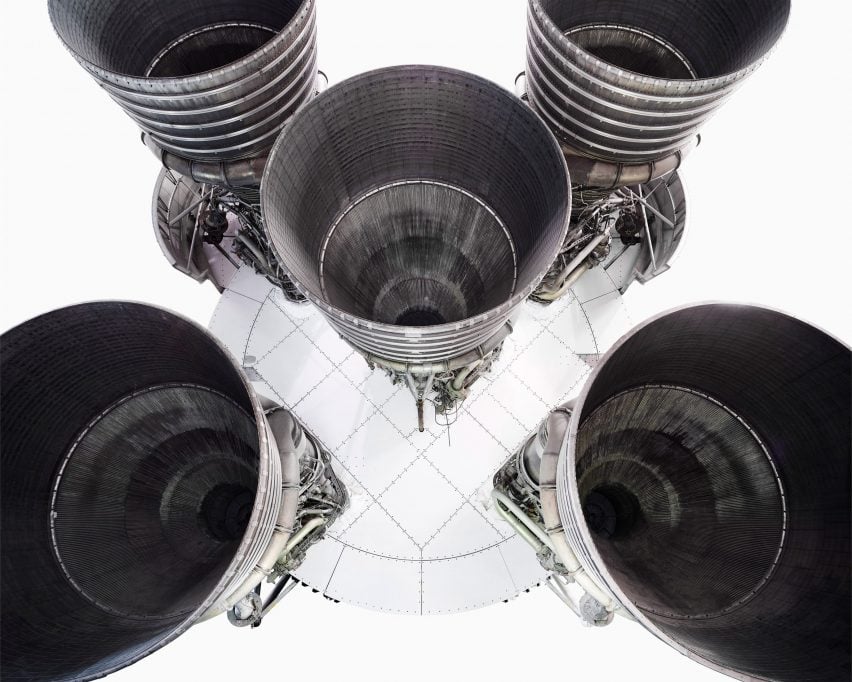
Saturn V engines
"If you've never seen a Saturn V rocket before, then take my word for it, it is a thing of wonder. The largest and most complex object man had built at the time. 7.5 million pounds of thrust at lift off from the 5 Rocketdyne F1 engines lifting an object that weighed 6.5 million pounds.
"It is to this day the most incredibly impressive object you've ever seen and still the most powerful rocket ever launched into space."
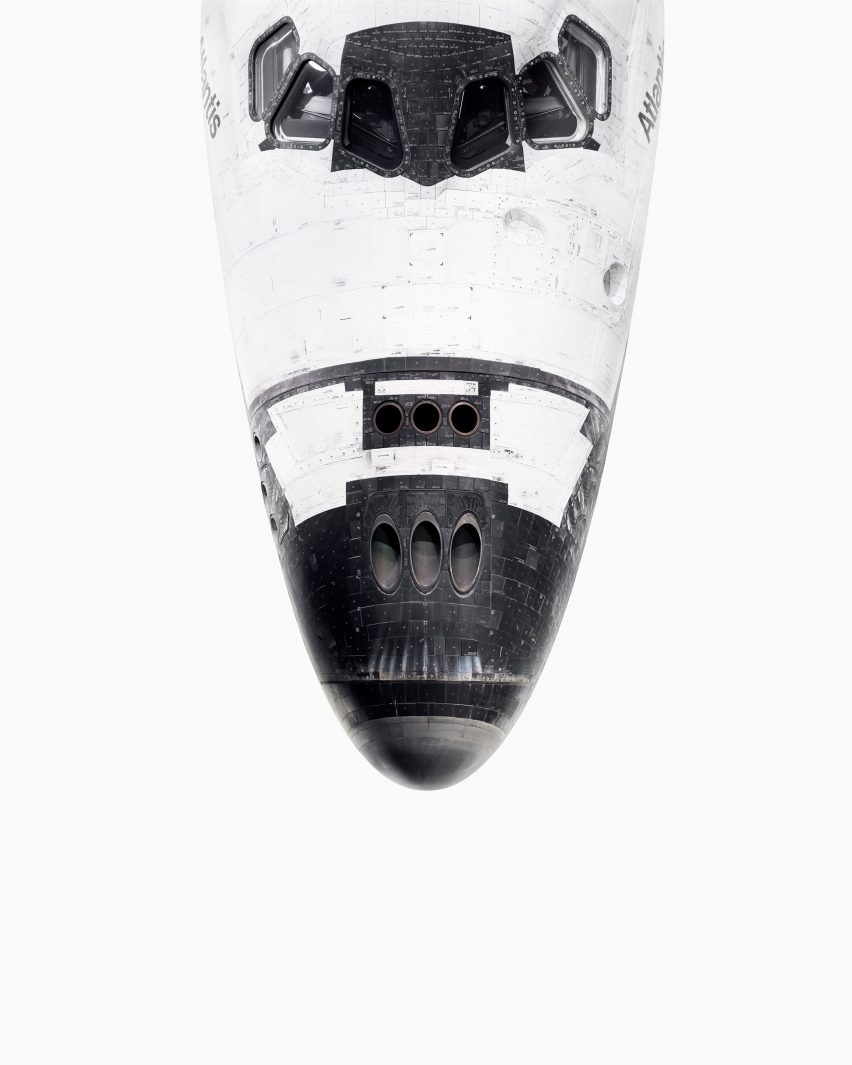
Atlantis Space Shuttle nose
"I never got to see a Shuttle launch, much to my regret. I was born in the Apollo era, but my childhood was very much the Space Shuttle era. The first time I saw Atlantis was early in the morning before the Kennedy Visitor Centre opened, as with all the photography in this project, it was normally at a very early hour so we didn't interfere with the public's viewing.
"As we walked into the main space, I could feel my heart beating and I walked up to the side of the Atlantis and there before me were all my childhood dreams and aspirations.
"It was almost too much to take in. This angle on Atlantis shows a little unseen view of something people are normally familiar with from other perspectives."
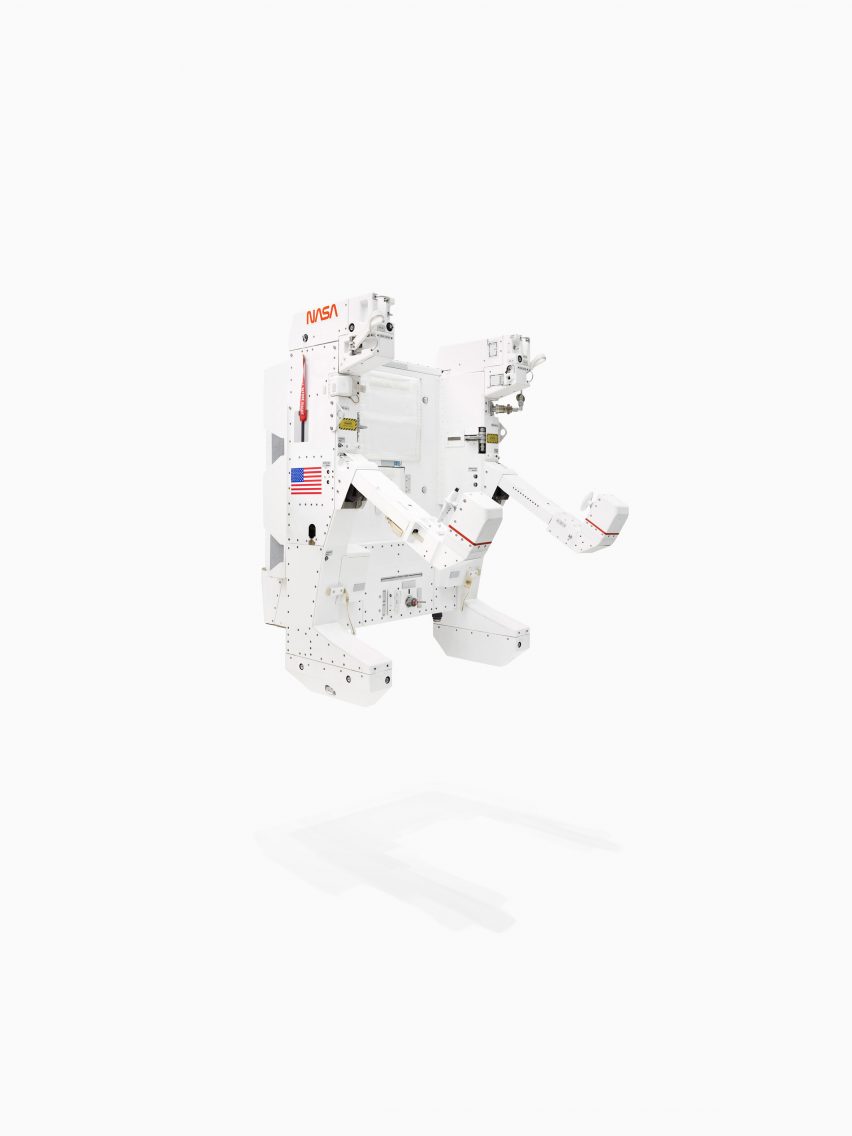
Manned Manoeuvring Unit 1
"Some objects resonate with you more than others. As far as famous images go, the one of Bruce McCandless untethered and floating a few hundred meters away from Space Shuttle, hanging in space attached only to the MMU (Manned Manoeuvring Unit) or 'jet pack', must rank as one of the most viewed images in history.
"When I saw MMU No1 at Johnson it was another of those OMG moments. I stood there in disbelief, a huge smile across my face and then of course I asked if I could stand in it. Well you would, wouldn't you?"
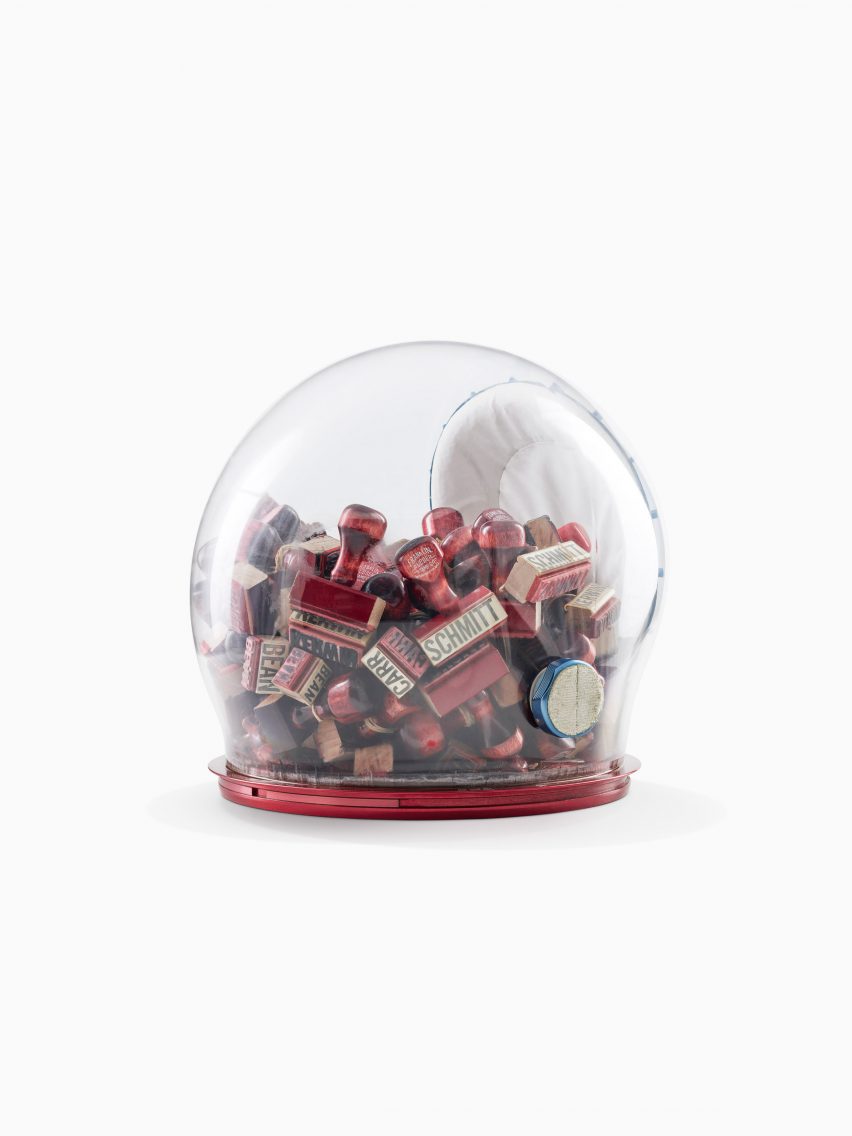
Space suits rubber stamps
"Alongside the Shuttle Crew Launch helmet was this Apollo era Pressure Bubble. It's the helmet they wear for pre-launch and launch. When I looked a little closer, I could see all the rubber stamps used to mark each of the Apollo crews' suits.
"These inconsequential items suddenly have an energy that belies their size and category. It's no longer just a rubber stamp. For something so small, it has enormous presence."
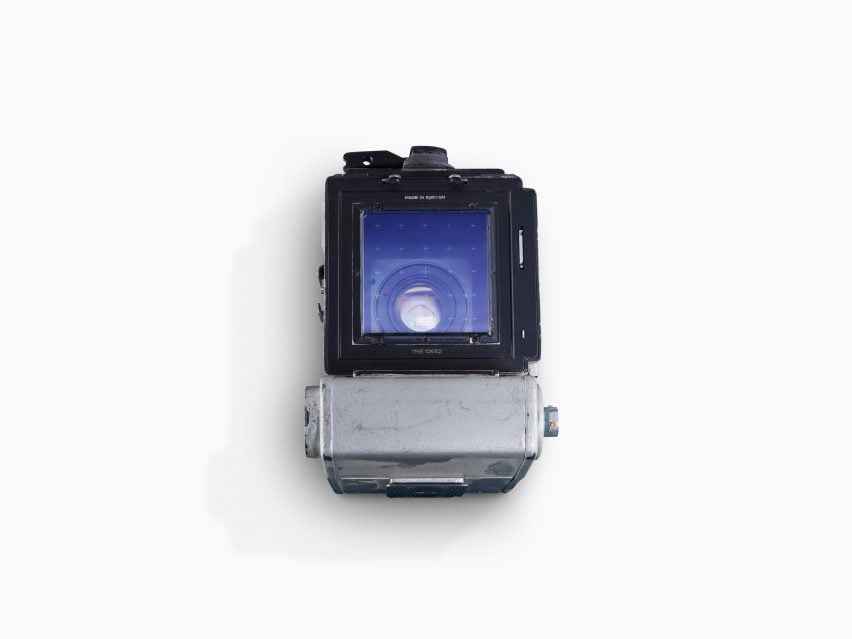
Apollo Hasselblad camera
"Whilst shooting the Z2 suit, one of the NASA suit engineers placed something on the edge of the table I was standing next to, then leaned back and waited.
"I was concentrating on shooting, but this object caught my eye, I looked down, my jaw hit the floor and I asked, 'is that what I think it is?'.
"I asked if I could pick it up. My heart was beating, my hands were a little shaky and I opened up the back. Carefully. Really carefully. Pulling apart the back from the body. I looked down and there on the ground were the ubiquitous cross hairs that appear on all the lunar photographs.
"I smiled and held back the tears. Every Apollo astronaut had held this camera to train with it, and now I was holding it. I was even closer to them than I could have ever have dreamed."